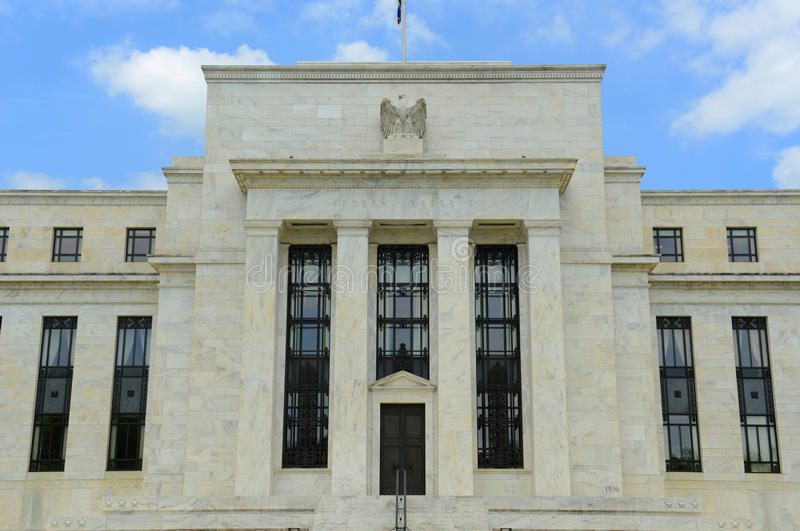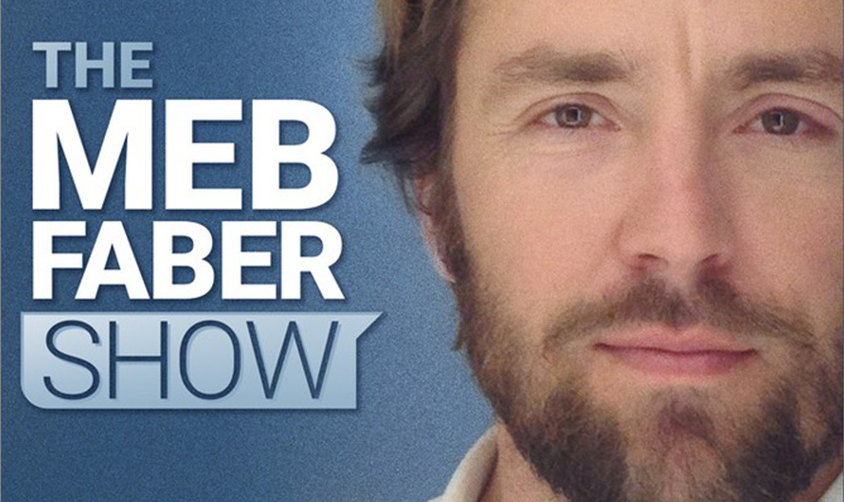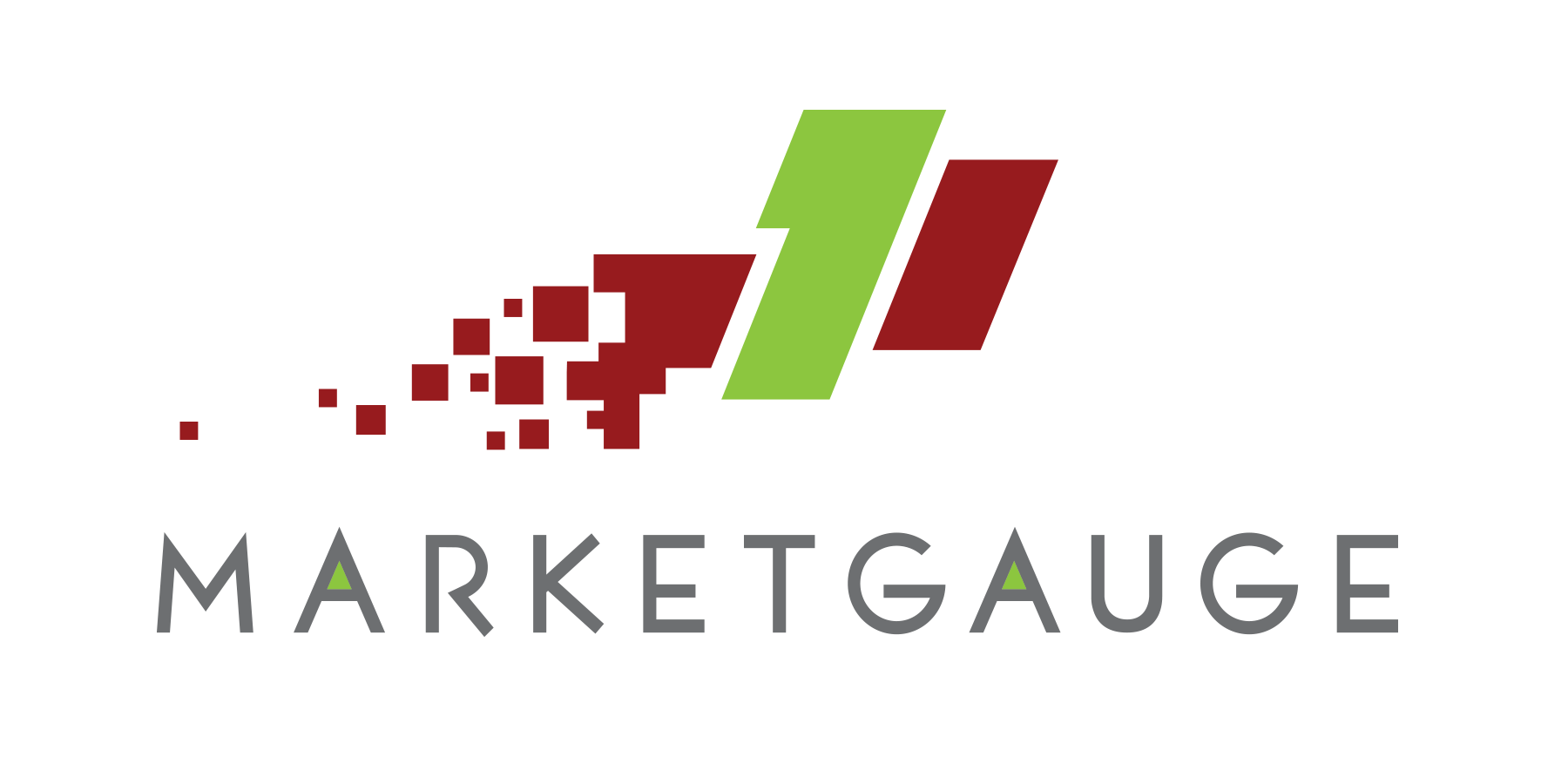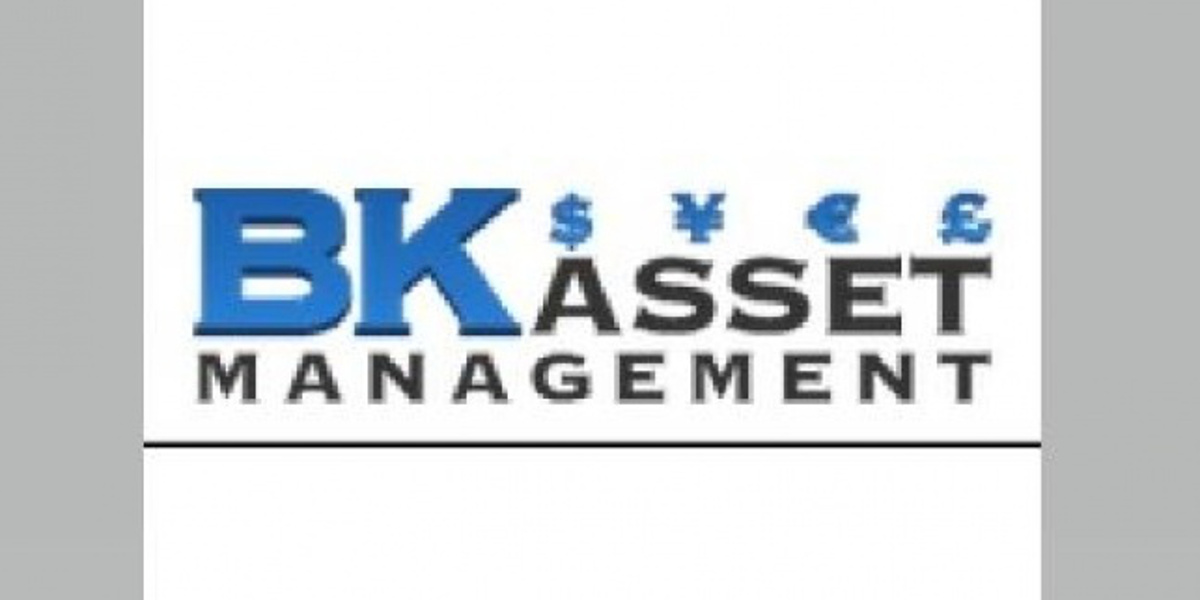The Reserve Gap

The Reserve Gap
A rapid decline in the level of bank reserves would be an obstacle to QT that may prompt action from the authorities. An aggressive QT was premised on first draining the large RRP balances, but the monetary plumbing suggested that was never likely. Banks can easily maintain their own reserve levels, but their own target levels are significantly below those of the Fed. This implies that bank reserve levels will likely fall below the Fed’s comfort level far before QT is slated to end. In this post we sketch out the Fed’s dilemma, show why its options are limited, and suggest that Treasury buybacks or SLR adjustments would likely be used to boost bank reserve levels.
The Bad Scenarios
The path QT takes is beyond the Fed’s control and cannot be predicted in advance. The Fed seeks to shrink its balance sheet while also keeping bank reserve levels above ~$2t (8% GDP), a level it perceives as necessary for the financial system to function. In theory, this could be achieved by QT draining the $2t held in the RRP rather than liquidity held in the banking sector. However, the Fed controls only the total quantity of liquidity drained and not where it is drained from. This opens up the possibility of bank reserve levels dropping beneath the Fed’s target before QT is slated to end.

In a worst case scenario, bank reserve levels would rapidly decline from QT and a rising RRP. This could occur if incremental Treasury issuance is purchased by cash investors rather than levered investors financing purchases in repo. Repo financing would drain funds held in the RRP, while cash financing would drain funds held in the banking sector (see here). Independent of QT, higher RRP participation would also further drain bank reserves. The RRP could increase as investors move money out of banks and into money market funds due to risk aversion or the attractiveness of a high RRP rate. An unlucky confluence of the above factors could take quickly bank reserve levels from the current $3t level to the Fed’s $2t minimum.
The Gap
The banking system can easily maintain its own reserve levels, but its perceived reserve needs are much lower than those estimated by the Fed. Estimates based on surveys to banks in 2018 suggest a minimum system wide level of around $900b, which would scale to ~$1t today. Any bank can easily increase its own reserve levels by simply issuing liabilities or selling assets, but they would do so for those own needs and not those of the Fed.

The Fed’s own higher minimum reserve level estimates is colored by the repo spike in September 2019, which was attributed to a lack of reserves. At that time, banks had hundreds of billions of extra reserves and invested them in repo to earn returns higher than interest on reserves. As QT reduced the extra reserve holdings of banks, it also reduced their repo lending. Repo borrowers dependent on that lending were in distress, but the the banks themselves still had far more reserves than they needed (see here).

The gap between perceived and actual reserve needs means the Fed will have to find ways to top up banking system reserves. The Fed directly added reserves in 2019 by purchasing bills, but purchases today would present a significant communications challenge in the context of QT. Enticing banks to hold more reserves by raising the interest on reserves is unlikely to be effective as balance sheet space remains costly, and is likely better deployed on meeting strong loan demand. The Fed’s most reliable option would be to push investors out of the RRP by placing a binding cap on RRP participation. That would also immediately place downward pressure on all money market rates and slightly weaken the transmission of policy.
Team Effort
The best way to boost bank reserve levels may be not from Fed actions but from the Treasury and bank regulators. Treasury buybacks funded with bill issuance would move liquidity out of the RRP and into the banking sector. Money market funds would withdraw money out of the RRP to purchase the newly issued bills, and the Treasury would spend the proceeds from the issuance on purchases of coupon securities. The sellers of those coupon securities would deposit the proceeds in their bank, thus increasing bank reserve levels (see here).
Bank reserve levels could also be boosted by excluding reserves from the supplementary leverage ratio (“SLR”). The SLR imposes regulatory costs on a bank based on the size of its assets, so it disincentivizes the holding of low yielding assets like reserves. Excluding reserves from the SLR would significantly reduce the regulatory costs of holding reserves, and thus encourage higher reserve holdings. Note that modifying the SLR would be a joint decision by the Fed, FDIC, and OCC.
Easing to Tighten
QT will likely not be derailed from low bank reserve levels because the authorities have many tools to manage the situation. They could deploy Treasury buybacks or modify the SLR, both of which have already been whispered. In a worst case scenario, the Fed could place a binding cap on RRP participation. These tools also have the side effect of loosening financial conditions: Treasury buybacks reduce market duration, SLR modifications increase the banking sector’s lending capacity, and capping the RRP lowers money market rates. The easing effects may even overwhelm the tightening impact of a marginally longer QT.
20220907









